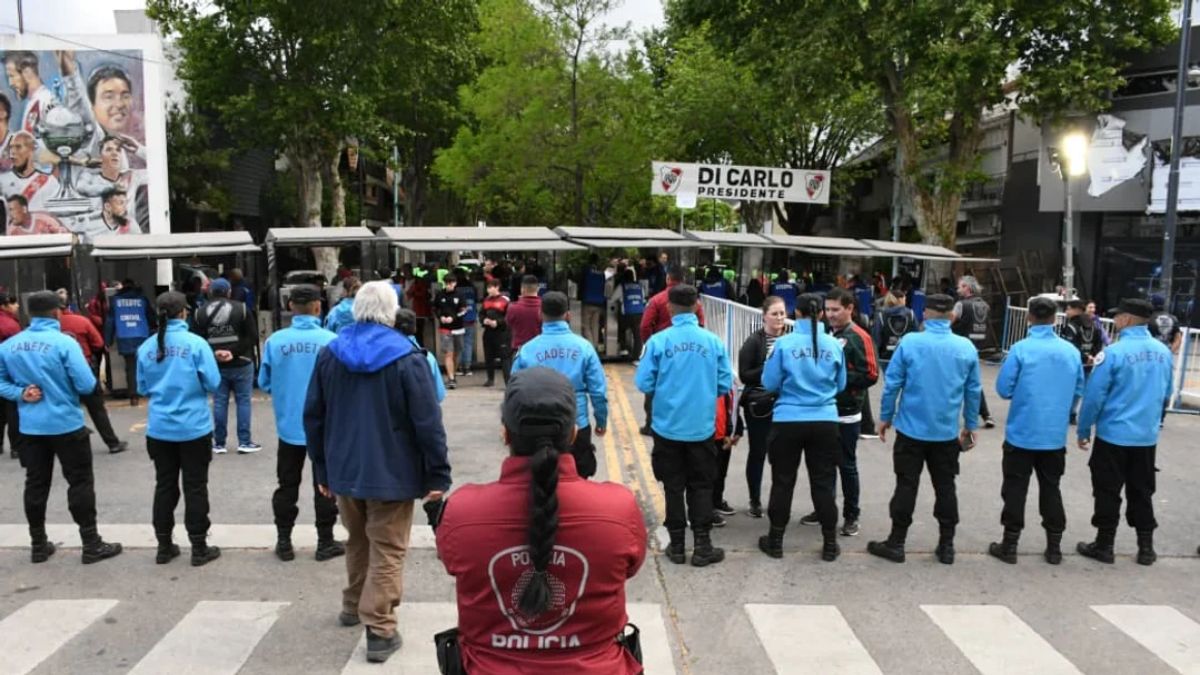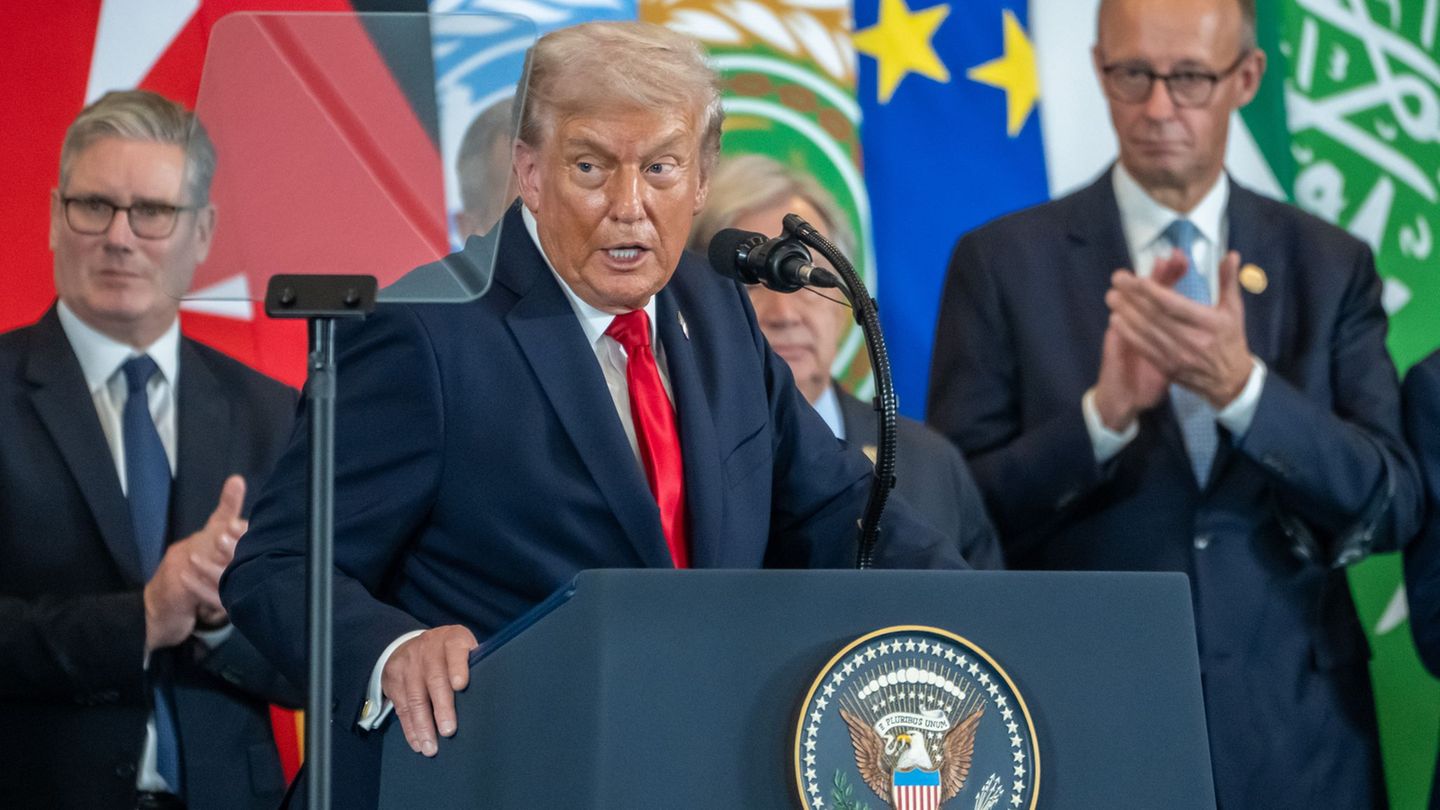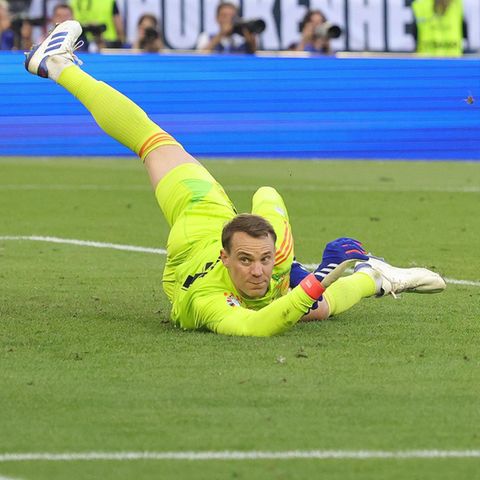The tariff update was approved by the governments of both jurisdictions and will affect 5,200 establishmentsthat is to say more than one and a half million students between different educational levels.
After the return from the winter break, the quotas had adjustments every month: In August, tariffs had risen by 5% in Buenos Aires and 7% in Buenos Aires.and in September, They had an adjustment of 4% in CABA and 4.5% in PBA.
Private schools are increasing: why fees continue to rise
The changes in the tariff table were confirmed by the Association of Private Institutes of Buenos Aires (Aiepba). As explained, the increase is due to the increases in salary costs that private institutions will have to face, within the framework of the sector’s joint ventures. In addition, the increase also comes due to the increase in the cost of public services.
Regarding the latest increases, the executive secretary of Aiepba, Martín Zurita explained that “these increases accompany the values set by the authorities for the salaries of teachers and professors who work in our institutes“, to which is added that “this year, the establishments are facing with great difficulty the excessive operating costs, especially those derived from services”.
In that sense, he specified: “We have buildings and schools that have received bills three and even four times higher than previous months” and stressed that “schools make an enormous effort to maintain the quality of the educational service in this context.”
Private schools: the new values of October
With the update, in October the Buenos Aires initial and primary schools, which have a 40% state contribution, They will be able to charge up to $98,600 per month. While those that have the 100% of the subsidy, they can receive up to $21,830.
In the case of secondary schools in the province of Buenos Aires, the tariff ceiling is $128,110 for institutions that have 40% state subsidy, and $24,060 for those that have 100% state aid. While technical, agricultural and specialized secondary schools in art may charge up to $146,620 and $27,730, in each case respectively.
In the City, for their part, kindergartens and primary schools will be able to charge $28,300 to $131,100 for those who work single hours. Those with double shifts will pay up to 50% more than those values. The secondary ones, meanwhile, will cost between $31,000 and $170,000and the techniques will range between $36,000 to $195,000. While full-day schools may apply up to 25% more on that amount.
Source: Ambito
I am a 24-year-old writer and journalist who has been working in the news industry for the past two years. I write primarily about market news, so if you’re looking for insights into what’s going on in the stock market or economic indicators, you’ve come to the right place. I also dabble in writing articles on lifestyle trends and pop culture news.




